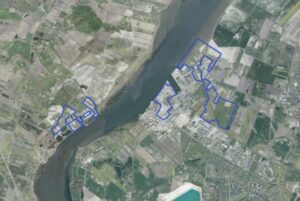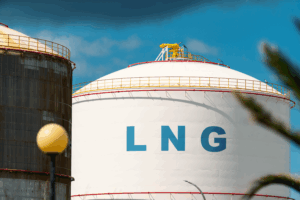VTTI and Höegh Evi have completed the first phase of the permit procedure for Zeeland Energy Terminal (ZET) with the publication of the response bundle, marking an important step for energy supply in the Netherlands.
This publication concludes the initial phase—the response period for the Notification of Intent and the proposed participation approach by the Ministry of Climate and Green Growth (KGG). A total of 18 responses were received regarding the plan. The replies to these responses will be published alongside the draft Scope and Level of Detail Memorandum, which will initiate the next phase of the permitting process.
Zeeland Energy Terminal is planned to be located either in the Sloe Port in Vlissingen or the Braakman Port in Terneuzen and will operate using a floating storage and regasification unit (FSRU). Through a direct connection to the national gas grid, ZET will provide additional import capacity for liquefied natural gas (LNG), thereby strengthening both the security and affordability of energy in the Netherlands. This strategically important project for the Dutch government is now underway, offering significant opportunities for the local Zeeland economy.









